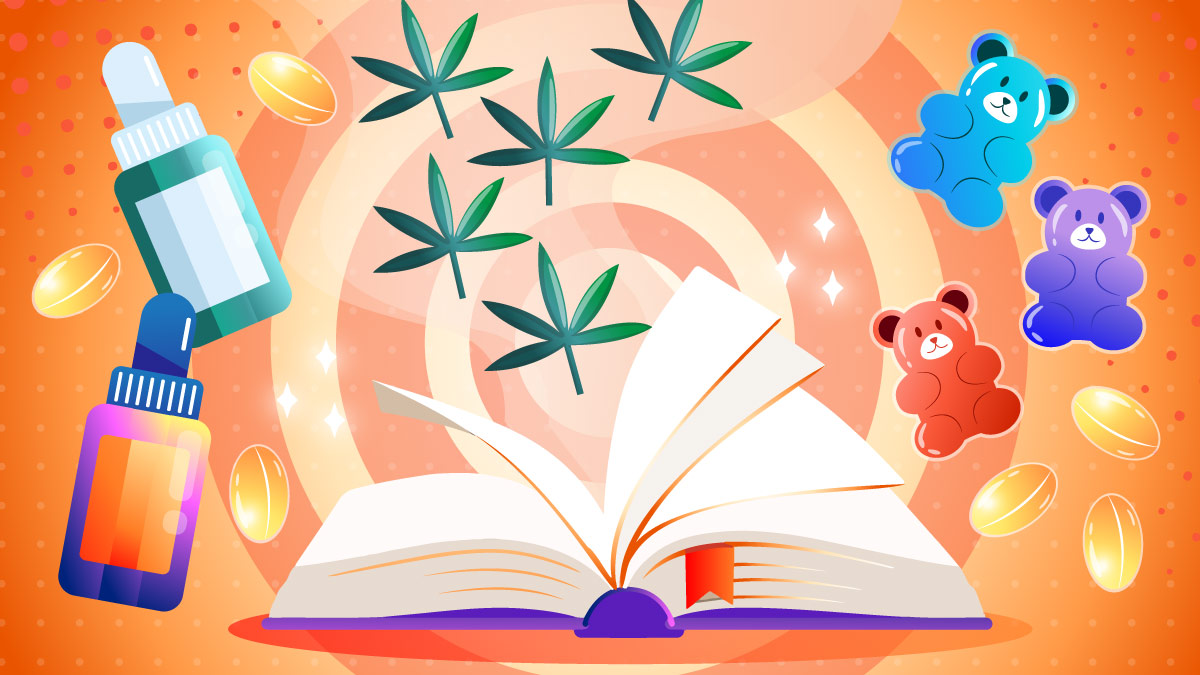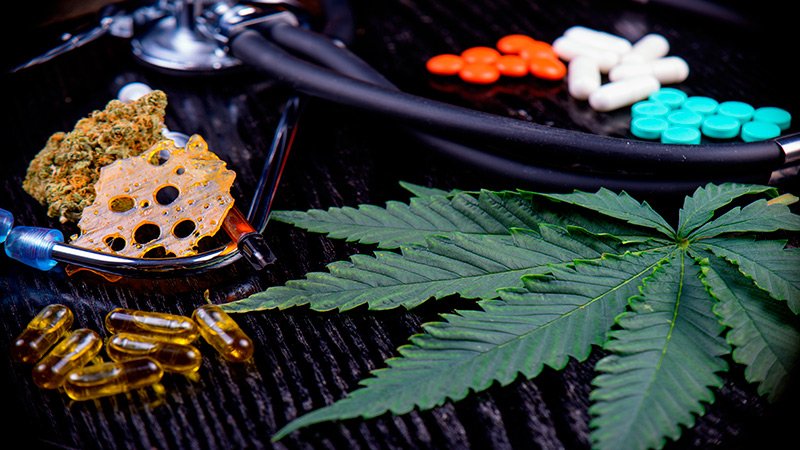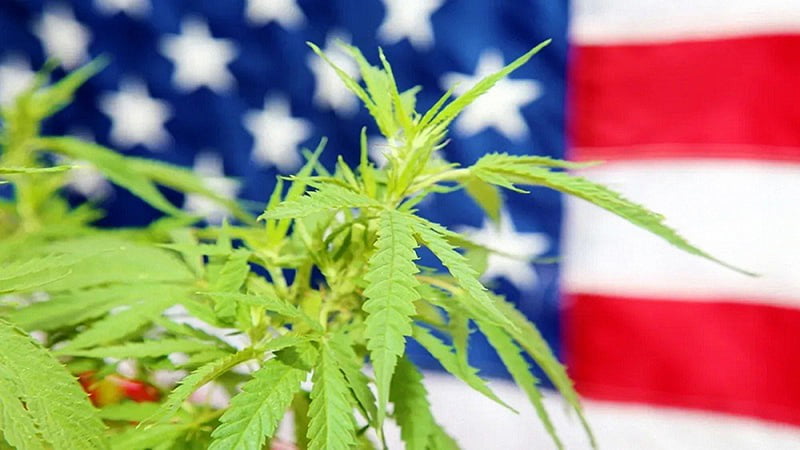What is the History of CBD?

Cannabidiol, known as CBD, is a compound found in Cannabis sativa. Although CBD can be extracted from both hemp and marijuana, hemp is a more common source of cannabidiol due to its legal status.
Cannabis as a whole has been prohibited in the USA since the 1940s, and in 1970, it also became the major target of the global War on Drugs.
Only recently, the tides began to shift in favor of legalization. Hemp is federally legal today, and 18 states allow the recreational use of marijuana.
However, things haven’t always been like that. Centuries ago, hemp and marijuana were widely used for industrial and therapeutic purposes. The plant also had its place in spiritualistic rituals.
So, what’s the history of CBD? How long have people been using this compound, and why did it become illegal in the first place?
Continue reading to find out.
History of CBD
The first recorded use of the cannabis plant for therapeutic purposes dates back to China. In the year 2737BC, Emperor Cheng Neng successfully brewed the first CBD cup of tea.
The tea was used to treat gout, malaria, and rheumatism. It was even noticed that people who drank this tea over time had improved memory and brain function.
The plant continued to pop up in the tales of time. It was rumored that Queen Victoria used the plant to alleviate menstrual cramps, supporting the claims of analgesia.
Sadly, as modern medicine advanced, cannabis was relegated as a result of misguided regulations fueled by racism and the need to find a new enemy for American society.
Before the dawn of prohibition, cannabis was given a chance in the limelight in 1839. The research on the medicinal importance of CBD began with one man — William B. O’Shaughnessy.
Unfortunately, he never saw his work bear fruit. It was nearly a century after his death that his work became recognized.
William O’Shaughnessy, in his research, outlined the possibility of therapeutic indications of cannabis extracts. He presented the plant mainly as an anesthetic.
The Re-Discovery of CBD
After many years in the dust, cannabinoids were brought to light again when a Harvard-trained chemist Roger Adams identified and extracted CBD, from the cannabis plant. Along with CBD, he identified another cannabinoid called cannabinol (CBN). His discoveries are also responsible for the identification of THC, Tetrahydrocannabinol, the most active constituent of the cannabis plant.
It was another scientist, Dr. Raphael Mechoulam, who dug deeper and identified the structure of CBD. His research earned him the title “Godfather of Cannabis Research”. A year later, he successfully isolated THC, defining its structure for the first time.
By comparing their stereochemistry, scientists were able to conclude that the mentally stimulating effects of cannabis were tied to THC, and not to CBD. CBD was found to be closely related to the therapeutic effects of the plant.
This discovery declared CBD safe to use as a therapeutic agent.
Don’t get it wrong, CBD still has some effect on the brain, else it would be useless against anxiety and insomnia. The difference is that CBD’s effects on the brain aren’t intoxicating.
The Pharmacology of CBD

Mechoulam was able to pin the therapeutic effect to some of the body’s intrinsic functions. He postulated that there was a very specific mechanism through which cannabinoids were able to elicit their medicinal actions.
It was Allyn Howlett who in 1985 or thereabout, discovered the CB1 receptor. A few years later, in 1993, the CB2 receptor was discovered. With these two discoveries, Mechoulam’s suggestion about the influence of cannabinoids on human health was proven. The system he had spoken about was named the Endocannabinoid System.
According to these researchers, the body has certain receptors that produce endocannabinoids. These chemicals were found to control processes such as appetite, the sleep-wake cycle, pain, and reproduction.
When you take cannabinoids like CBD and THC, they activate the endocannabinoid receptors, leading to a wide range of therapeutic effects that people experience.
How Was CBD Oil First Used?
Cannabis has been cultivated as hemp and marijuana for at least 5000 years. Any health benefits gotten from the plant (relief of pain and insomnia) come from the presence of cannabinoids. These compounds can be extracted as an oily resin, which people commonly infused into teas and other beverages (e.g. bhang), long before the light was shed on the chemical structure of CBD.
Late in the 20th century, the state of New Mexico legalized cannabis for research purposes. The state released a bill, the 1978 Controlled Substances Therapeutic Research Act, which enabled the study of the therapeutic properties of cannabis.
Following Mechoulam’s research in 1940, a group of Brazilian researchers conducted a clinical trial; epileptic patients were treated with 200mg of CBD oil, while another group was administered a placebo. In 40% of the population administered who took CBD, there were no convulsions over months. Another 40% witnessed a reduction in the frequency of seizures, while no response was seen in 20%, and also with the control group.
The Rise of CBD in the United States
As the research on the medicinal properties of CBD continued to spark attention among medical experts, individual states began to see reasons why cannabis should be decriminalized. With the bill passed in New Mexico, and the decriminalization of cannabis in Oregon in 1973, more states began to legalize the use of marijuana as a medication.
The first state to legalize medical cannabis was California, in 1996.
Just a year later, Alaska, Washington, and Oregon followed the lead. Right behind them was Maine, legalizing marijuana the following year. Colorado, Nevada, and Hawaii were up next, passing the law in the year 2000.
As of 2021, 18 states in the US have legalized cannabis for recreational use.
Charlotte Figi: A Girl Behind The Boom on CBD
Born on the 18th of October 2006, Charlotte was a bright little girl suffering from Dravet Syndrome, a severe form of epilepsy. The drug-resistant disease found her in a wheelchair while she was only five years old. She often had as many as 300 seizures in one week.
Luckily, the family was based in Colorado, where the use of medicinal marijuana had already been decriminalized. Charlotte’s mother, Paige, began administering cannabis oil of a particular strain; Hippies Disappointment. The frequency of Charlotte’s seizures was so greatly improved that she became a social media sensation. People who had similar cases came to Colorado from all over the world, to buy this CBD oil.
Charlotte’s seizures dropped drastically from 300 a week to a maximum of three a month.
Unfortunately, she died of pneumonia and its complications on April 7, 2020.
Her story soon sparked a global boom on CBD oils to treat seizures and epilepsy.
CBD In The US Today

Five years ago, we had little knowledge of CBD and its therapeutic possibilities. Now, it is the next big thing in the wellness world.
The legalization of hemp and its products has led to the sprouting of many CBD-based companies. This further fuels the use of plant extract. The following statistics will help us understand just how important CBD has become to the US community in only a few years.
- In 2018, the first CBD-based drug was approved by the FDA. The drug, Epidiolex, is used in the management of epilepsy. Oral administration of the medication yields a drastic reduction in the frequency of seizures.
- There is a boom in the CBD market. Analysts predict that the CBD industry will be worth 22 billion dollars by 2022.
- Today, in the US, there are over 8 different forms of CBD: gummies, tinctures, lollipops, patches, vape pens, capsules, creams, and whatnot. This mirrors how the extract is becoming ingrained into the fabric of society.
- The possibility of even more therapeutic outcomes of CBD is exciting. There is ongoing research into the possible analgesic properties of CBD, as well as on its effects on inflammation, neurodegeneration, and psychiatric disorders.
The Future of CBD
Two areas hinder the progression of CBD as a medicinal herb; the stigma associated with cannabis, and the lack of clinical research on its therapeutic uses.
A change in the mental orientation of both scientists and the public will mark the beginning of a new path for CBD and hemp-derived supplements.
The stigma surrounding cannabis is wearing off, and you can tell it by looking at the results of the latest polls that show the vast majority of Americans support federal legalization.
The history of CBD is a bit bumpy. Once appreciated and widely used in folk medicine, it has been put into legal limbo by the craze created by cannabis prohibitionists in the 1940s. Today, it seems that CBD received its redemption story — one that’s well written and heading toward a happy ending.
References:
- Zuardi, A. W. (2006). History of cannabis as a medicine: a review. Brazilian Journal of Psychiatry, 28, 153-157.
- Rock, E. M., Goodwin, J. M., Limebeer, C. L., Breuer, A., Pertwee, R. G., Mechoulam, R., & Parker, L. A. (2011). Interaction between non-psychotropic cannabinoids in marihuana: effect of cannabigerol (CBG) on the anti-nausea or anti-emetic effects of cannabidiol (CBD) in rats and shrews. Psychopharmacology, 215(3), 505-512. [2]
- Mechoulam, R., & Hanuš, L. (2002). Cannabidiol: an overview of some chemical and pharmacological aspects. Part I: chemical aspects. Chemistry and physics of lipids, 121(1-2), 35-43. [3]
- Dravet, C., Bureau, M., Oguni, H., Fukuyama, Y., & Cokar, O. (2005). Severe myoclonic epilepsy in infancy: Dravet syndrome. Adv Neurol, 95, 71-102. [4]